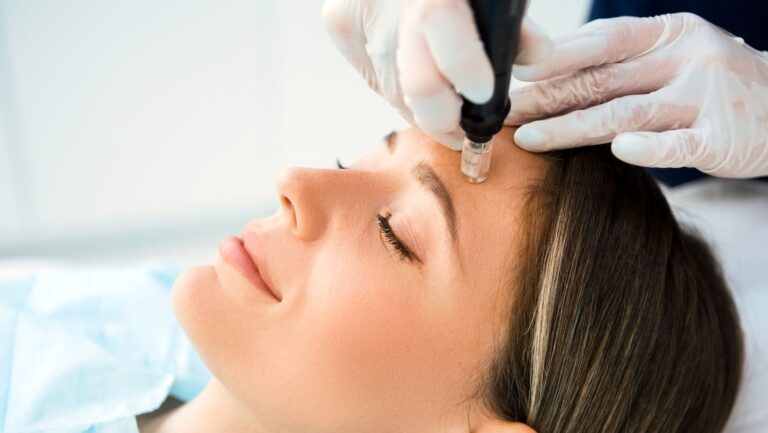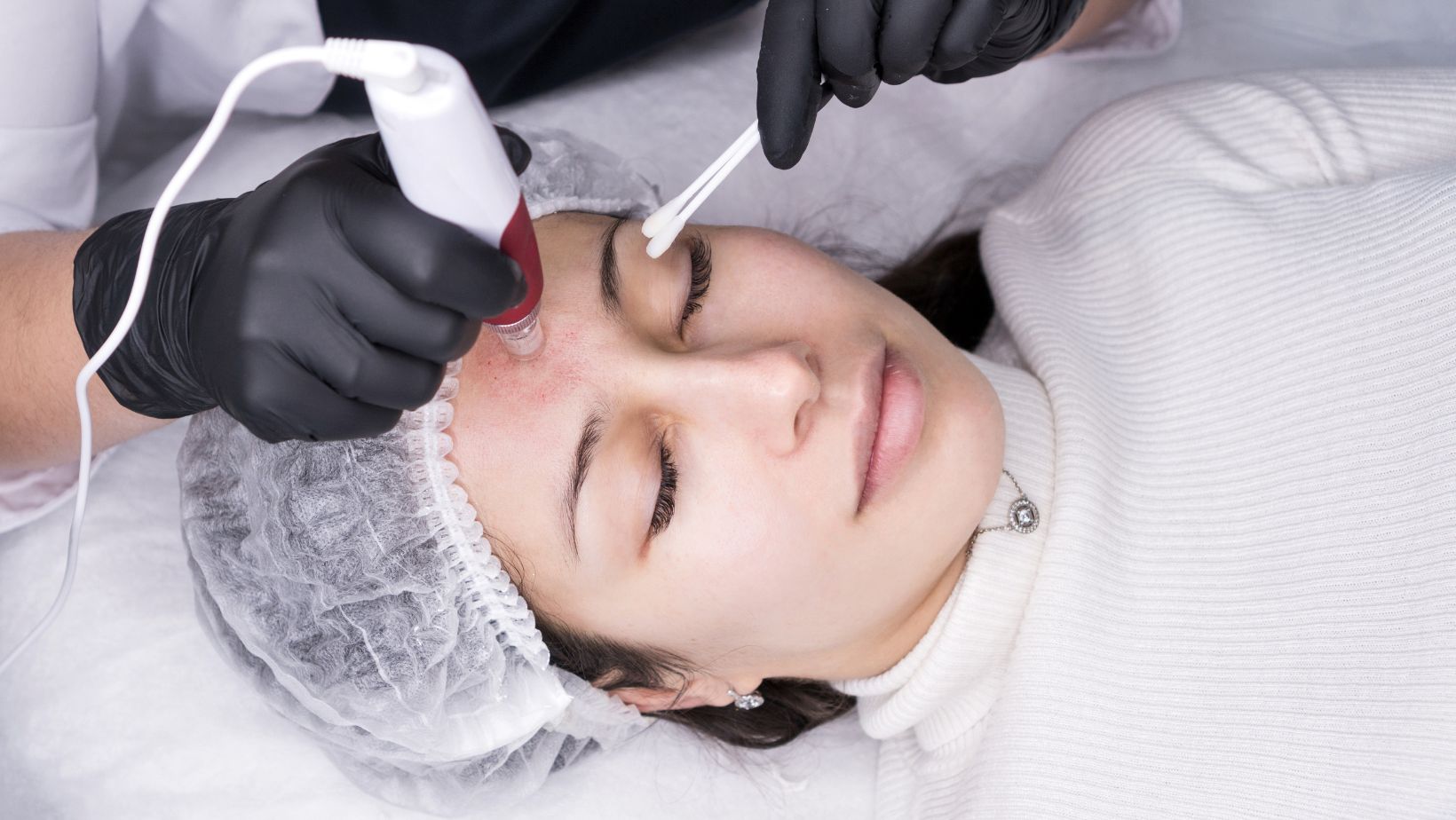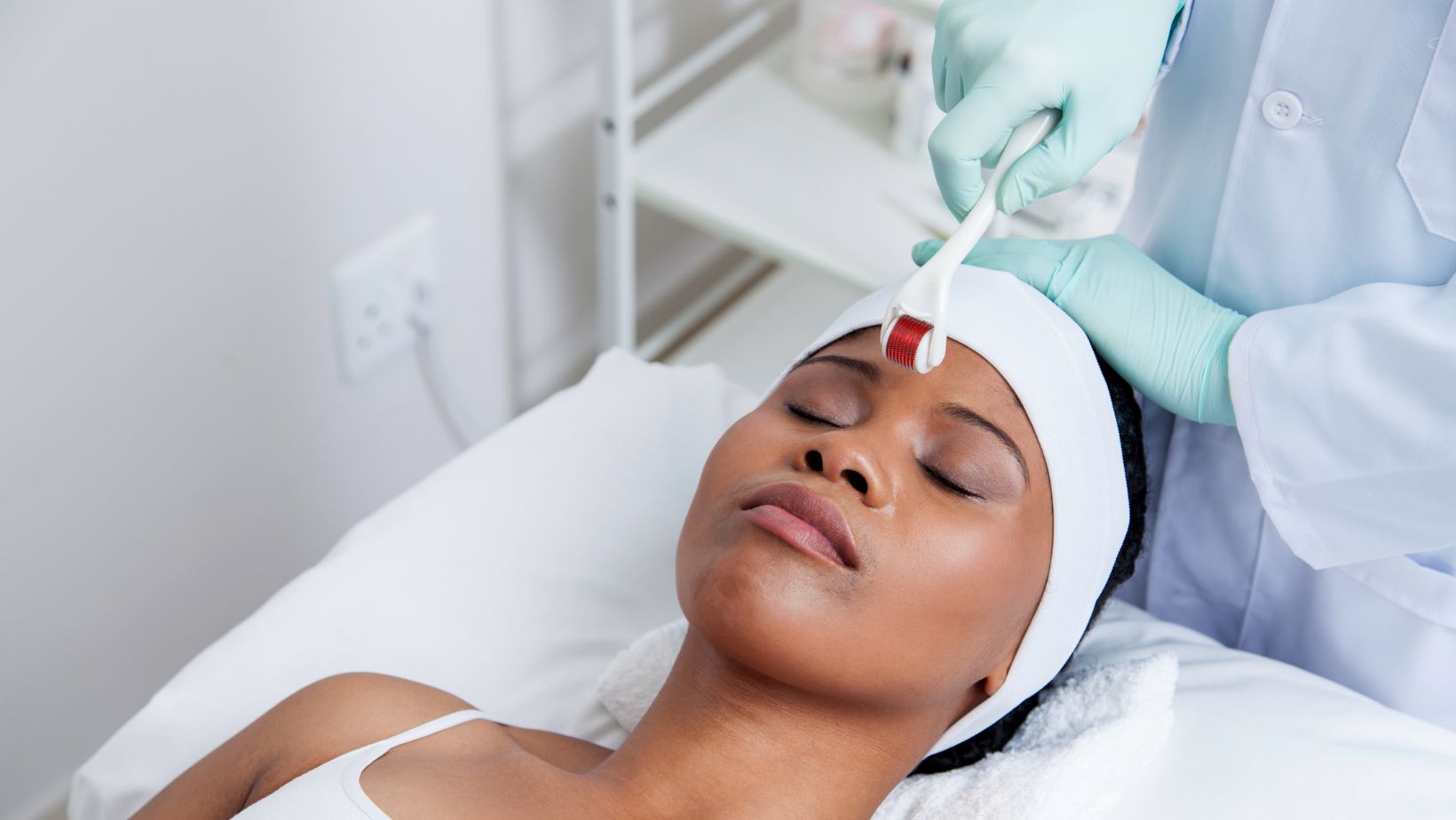Micro-needling, also known as collagen induction therapy, is a popular cosmetic procedure that uses fine needles to create tiny punctures in the skin. These micro-injuries stimulate the body’s natural healing processes, leading to increased collagen and elastin production. This results in smoother, firmer skin and improved texture.
However, proper aftercare is crucial to ensure optimal results and minimize potential side effects. This article outlines essential aftercare tips for micro-needling Melbourne to help you achieve the best outcomes from your treatment.
1. Avoid Touching or Scratching
Why It’s Important
- Preventing Infection: Touching your face or scratching can introduce bacteria into the tiny punctures created by the needles, increasing the risk of infection. Keeping your hands away from your face helps maintain a clean environment and promotes healing.
- Preventing Complications: Scratching or rubbing can cause irritation and potentially lead to scarring or uneven skin texture.
What to Do
- Clean Hands: Always wash your hands thoroughly before touching your face or applying any skincare products.
- Avoid Physical Contact: Resist the urge to touch, scratch, or pick at the treated area. Use clean, soft cloths if you need to pat your face dry.
2. Keep Your Skin Hydrated
Why It’s Important
- Promoting Healing: Hydration is essential for skin repair and regeneration. Keeping your skin moisturized helps soothe inflammation, reduces dryness, and supports the healing process.
- Enhancing Results: Well-hydrated skin can enhance the effects of micro-needling by maintaining elasticity and smoothness.
What to Do
- Use Gentle Moisturizers: Opt for a gentle, non-comedogenic moisturizer to keep your skin hydrated. Seek for items that have calming components such as chamomile, aloe vera, or hyaluronic acid.
- Avoid Heavy Creams: Refrain from using thick, heavy creams or products with strong fragrances, as these can irritate the skin.
3. Avoid Sun Exposure
Why It’s Important
- Preventing Pigmentation: Sun exposure can cause hyperpigmentation and dark spots, especially on recently treated skin that is more sensitive to UV rays.
- Preventing Damage: Sun exposure can also lead to further irritation and damage, hindering the healing process.
What to Do
- Use Sunscreen: Apply a broad-spectrum sunscreen with at least SPF 30 daily, even if you are indoors or on cloudy days. Look for sunscreens that are gentle and free of harsh chemicals.
- Avoid Direct Sunlight: Stay out of direct sunlight as much as possible, especially during peak hours (10 a.m. to 4 p.m.). Wear a wide-brimmed hat and protective clothing if you need to be outdoors.
4. Avoid Harsh Skincare Products
Why It’s Important
- Preventing Irritation: Harsh skincare products, such as those with strong acids or exfoliants, can irritate the skin and interfere with the healing process.
- Preventing Dryness: Products that are too astringent can cause excessive dryness and discomfort.
What to Do
- Use Gentle Cleansers: Choose a mild, non-foaming cleanser that does not contain alcohol or other irritating ingredients. Cleanse your face with lukewarm water and avoid scrubbing.
- Skip Exfoliants and Retinoids: Refrain from using exfoliating products, retinoids, or any products with active ingredients that can cause irritation for at least one week after the treatment.
5. Follow a Proper Skincare Routine
Why It’s Important
- Supporting Healing: A consistent, gentle skincare routine supports skin healing and maximizes the benefits of micro-needling.
- Enhancing Results: Proper skincare helps maintain the results of the treatment and promotes long-term skin health.
What to Do
- Follow Your Provider’s Recommendations: Adhere to any specific instructions provided by your practitioner regarding post-treatment care and product use.
- Incorporate Hydrating and Soothing Products: Use skincare products recommended by your provider, such as those with hyaluronic acid, peptides, or growth factors, to support skin repair and enhance results.
6. Avoid Intense Physical Activity
Why It’s Important
- Preventing Excessive Sweating: Intense physical activity can lead to sweating, which may irritate the treated area and increase the risk of infection.
- Preventing Heat and Irritation: Exercise can raise your body temperature and cause increased blood flow to the treated area, potentially leading to discomfort and prolonged redness.
What to Do
- Rest and Recover: Avoid strenuous exercise and activities that cause excessive sweating for at least 48 hours after the treatment. Opt for light, low-impact activities if you need to stay active.
- Cool Down: If you do exercise, ensure that you cool down and hydrate well to help minimize any potential irritation.
7. Monitor for Side Effects
Why It’s Important
- Early Intervention: Monitoring for side effects allows for early detection and intervention if any complications arise.
- Ensuring Proper Healing: Identifying and addressing side effects promptly can help ensure that your skin heals correctly and achieves the desired results.
What to Do
- Watch for Signs of Infection: Be alert for symptoms such as increased redness, swelling, pus, or fever, which may indicate an infection. Contact your provider if you notice any of these signs.
- Monitor Healing Progress: Keep an eye on how your skin is healing. Some redness, swelling, and minor discomfort are normal, but if you experience severe or prolonged symptoms, seek professional advice.
8. Avoid Makeup and Other Irritants
Why It’s Important
- Preventing Clogged Pores: Makeup can clog pores and interfere with the healing process, leading to breakouts or irritation.
- Preventing Additional Irritation: Certain makeup products or irritants can exacerbate redness or discomfort.
What to Do
- Wait to Apply Makeup: Avoid wearing makeup for at least 24 to 48 hours after the treatment or as recommended by your practitioner. When you do resume makeup use, opt for non-comedogenic and hypoallergenic products.
- Choose Gentle Products: Use gentle, fragrance-free products to minimize the risk of irritation. Clean your makeup brushes and applicators regularly to prevent bacteria buildup.
Essential Aftercare for Optimal Results Post-Micro-Needling
Proper aftercare following micro-needling is essential to achieve the best results and ensure a smooth recovery. By avoiding touching or scratching, keeping your skin hydrated, protecting it from sun exposure, and using gentle skincare products, you can support the healing process and enhance the benefits of the treatment.
Monitoring for side effects, avoiding intense physical activity, and refraining from makeup use also contribute to a successful outcome. Following these essential aftercare tips will help you enjoy the rejuvenating effects of micro-needling and maintain healthy, radiant skin.






